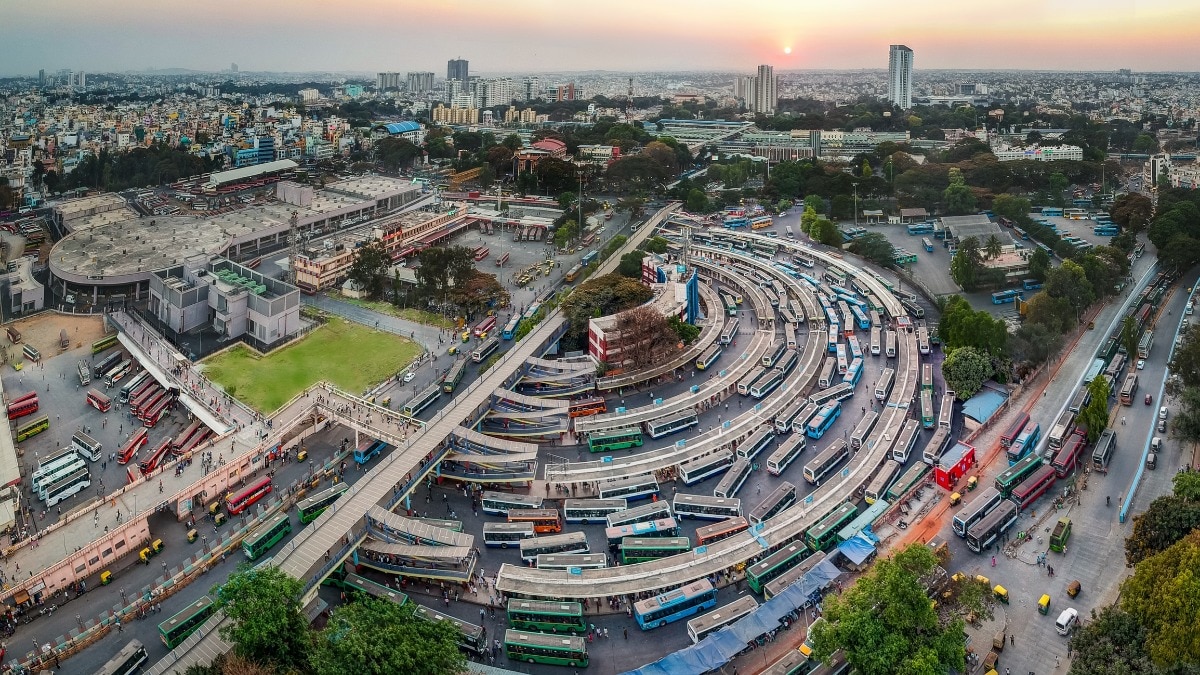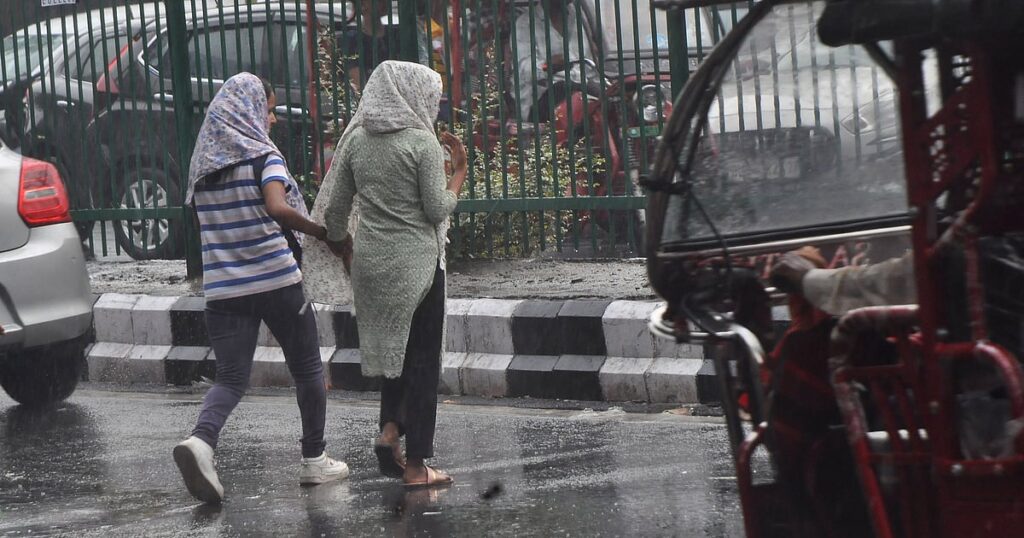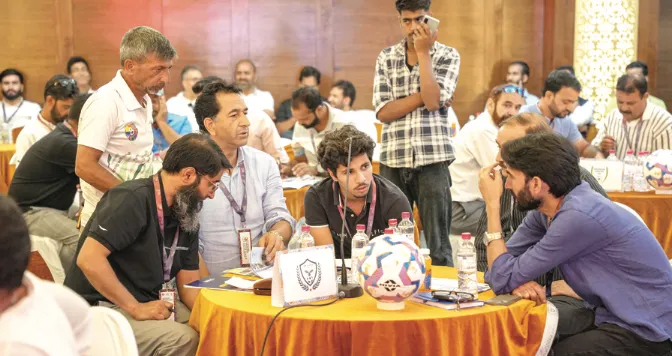Now Reading: ‘If you guys leave Bengaluru, Mumbai’: Gurugram entrepreneur’s take on city building triggers debate
-
01
‘If you guys leave Bengaluru, Mumbai’: Gurugram entrepreneur’s take on city building triggers debate
‘If you guys leave Bengaluru, Mumbai’: Gurugram entrepreneur’s take on city building triggers debate

Serial entrepreneur Rajesh Sawhney stirred up a storm on X this weekend with a post praising Mumbai, Bengaluru, and Gurugram as “cities built by migrants”—only to face a swift backlash from locals defending the deep-rooted legacy of their hometowns, particularly Bengaluru.
In his post, Sawhney wrote, “Mumbai, Bangalore and Gurugram—these three Indian cities have been built by migrants and are the most cosmopolitan in nature.” He credited migrants with transforming sleepy towns into hubs of finance, technology, and entrepreneurship.
He described Mumbai as the original business capital, shaped by national talent drawn to MNCs, banks, and industrial houses—from the Tatas to Adanis. He claimed Bengaluru was a quiet city until the IT boom, attracting talent from across southern India. Gurugram, he said, evolved from a dusty village into a startup hotspot thanks to BPOs and entrepreneurial migrants.
“Natives have benefited enormously from these transformations and should celebrate this contribution by the migrants instead of being instigated by Politicians to resent migrants,” Sawhney wrote.
That sentiment didn’t sit well with many Bengalureans. One user replied: “Bangalore was a sleepy town? Really? Please do your research.” They pointed out pre-IT institutions like HAL, DRDO, and BEML that shaped Bengaluru’s industrial identity long before the tech boom.
Another user wrote, “Kempegowda built a city 500 years ago with town planning. Bengaluru got electricity before most of Asia. It attracted PSUs and IISc long before startups arrived.”
Others accused Sawhney of dismissing local legacy in favor of a migrant-centric narrative. “Humble request to all migrants: go back and build your native places. Bengaluru will become a better place without you,” one user wrote, echoing a rising sentiment around overpopulation and cultural erosion in major Indian cities.
While some agreed with Sawhney’s view on cosmopolitan growth, the larger response reflected growing unease about urban congestion, infrastructure strain, and a perceived lack of respect for local history and culture.
Stay Informed With the Latest & Most Important News
Previous Post
Next Post
-
01Nurturing Your Mental and Physical Health
-
 02NHAI Invites Online Applications For 30 Deputy General Manager (Technical) Posts
02NHAI Invites Online Applications For 30 Deputy General Manager (Technical) Posts -
03Louis Vuitton holds ‘Voyager’ fashion show in Shanghai
-
 04Vivo T4 Lite 5G India Launch Set for Today: Expected Price and Specifications
04Vivo T4 Lite 5G India Launch Set for Today: Expected Price and Specifications -
 05Why Handwriting Still Matters
05Why Handwriting Still Matters -
06Lieutenant Governor Chairs DCs, SSPs Meeting on Security & Development Projects in Jammu Division
-
 07Territorial Army Soldier Rally 2025 – Apply Offline For 62 Posts In 127 Infantry Battalion
07Territorial Army Soldier Rally 2025 – Apply Offline For 62 Posts In 127 Infantry Battalion






































